Increased Focus on Sustainability
The Automotive Cabin Insulation Material Market is increasingly influenced by a growing focus on sustainability and eco-friendly materials. Consumers and manufacturers alike are becoming more aware of the environmental impact of automotive products, leading to a demand for insulation materials that are recyclable and made from renewable resources. This trend is prompting manufacturers to explore sustainable alternatives, such as natural fibers and recycled materials, in their insulation solutions. Market analysis indicates that the demand for sustainable automotive materials is expected to rise significantly, with projections suggesting a growth rate of around 7% in the coming years. This shift towards sustainability is likely to reshape the Automotive Cabin Insulation Material Market, as companies adapt to meet evolving consumer preferences and regulatory pressures.
Rising Consumer Demand for Comfort
The Automotive Cabin Insulation Material Market is experiencing a notable increase in consumer demand for enhanced comfort within vehicles. As consumers become more discerning regarding their driving experience, the need for effective insulation materials that minimize noise and vibrations has surged. This trend is particularly evident in premium and luxury vehicle segments, where manufacturers are investing in high-quality insulation solutions to meet customer expectations. According to recent data, the demand for soundproofing materials in vehicles is projected to grow at a compound annual growth rate of approximately 5% over the next five years. This growth is indicative of a broader shift towards prioritizing passenger comfort, thereby driving innovation and investment in the Automotive Cabin Insulation Material Market.
Regulatory Standards and Compliance
The Automotive Cabin Insulation Material Market is significantly influenced by stringent regulatory standards aimed at reducing noise pollution and enhancing vehicle safety. Governments across various regions are implementing regulations that mandate lower noise levels within vehicle cabins, thereby necessitating the use of advanced insulation materials. Compliance with these regulations not only ensures market access but also enhances brand reputation. For instance, the European Union has established specific noise emission limits for vehicles, compelling manufacturers to adopt innovative insulation solutions. This regulatory landscape is expected to propel the demand for high-performance insulation materials, as companies strive to meet compliance requirements while maintaining competitive advantage in the Automotive Cabin Insulation Material Market.
Growth of Electric and Hybrid Vehicles
The Automotive Cabin Insulation Material Market is poised for growth due to the increasing prevalence of electric and hybrid vehicles. These vehicles often require specialized insulation materials to manage unique acoustic challenges and enhance energy efficiency. As electric vehicles (EVs) gain traction, manufacturers are focusing on developing lightweight and effective insulation solutions that cater to the specific needs of EVs. Market data suggests that the electric vehicle segment is expected to account for a substantial share of the automotive market, with projections indicating a growth rate of over 20% annually. This shift towards electrification is likely to drive innovation in the Automotive Cabin Insulation Material Market, as companies seek to optimize cabin environments for a quieter and more comfortable ride.
Technological Innovations in Materials
The Automotive Cabin Insulation Material Market is witnessing a wave of technological innovations that are transforming the landscape of insulation materials. Advances in material science have led to the development of new composites and foams that offer superior sound absorption and thermal insulation properties. These innovations not only enhance the performance of insulation materials but also contribute to weight reduction, which is crucial for fuel efficiency. For instance, the introduction of nanomaterials and bio-based composites is gaining traction among manufacturers. As these technologies continue to evolve, they are expected to play a pivotal role in shaping the future of the Automotive Cabin Insulation Material Market, driving both performance and sustainability.


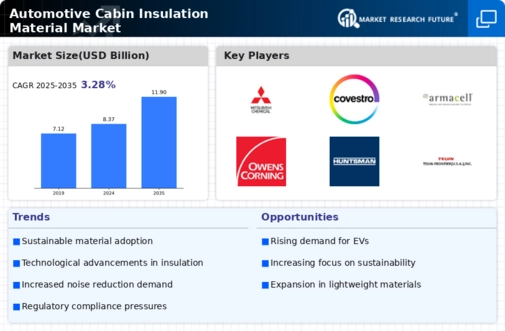
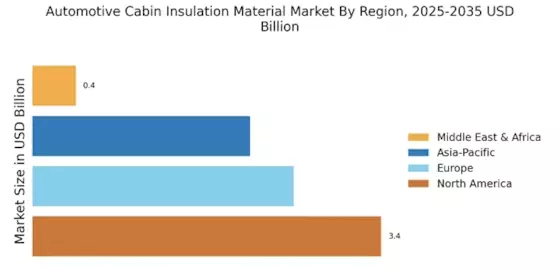


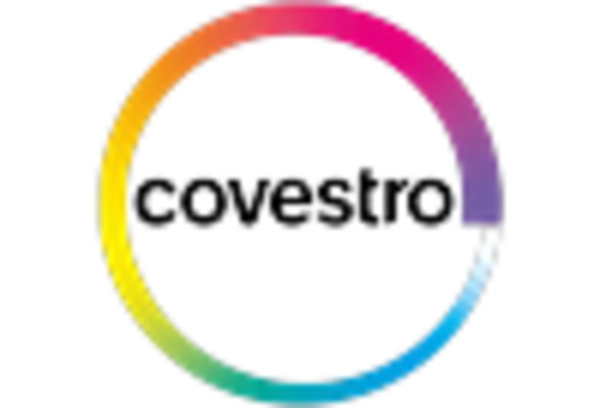

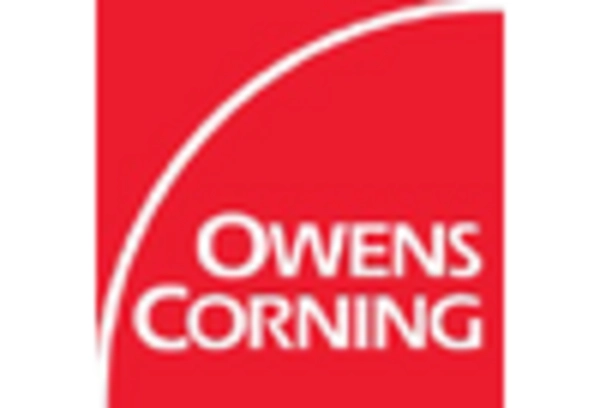
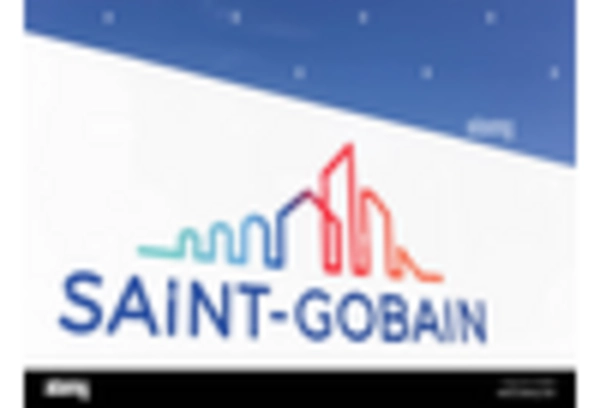








Leave a Comment